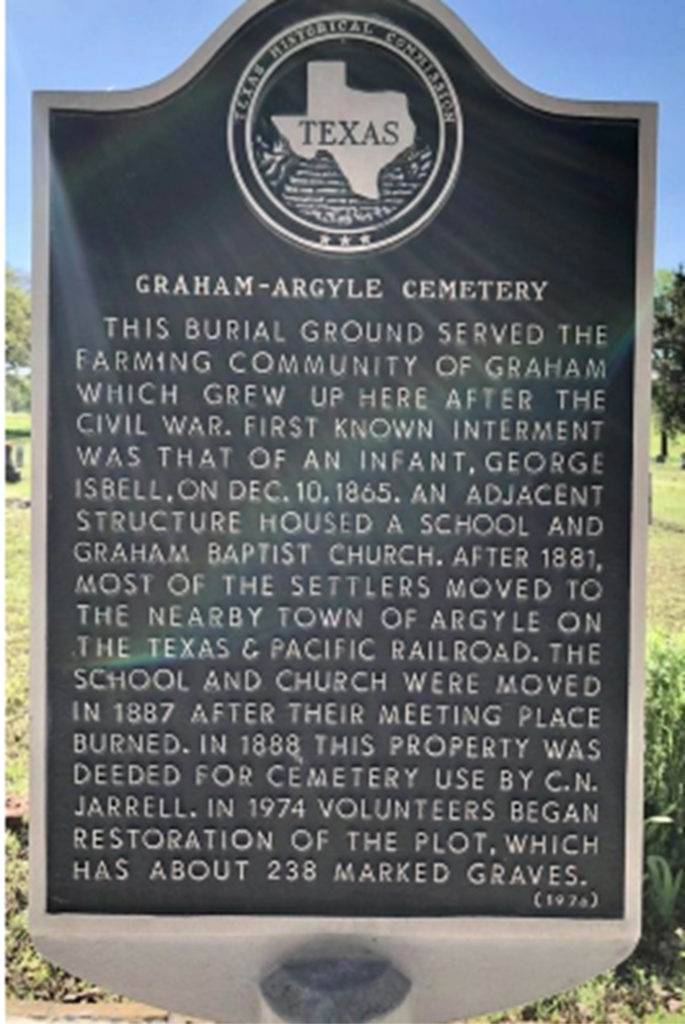Whether it’s locating a gravesite for family members, selling a cemetery plot, or coordinating the development of nearby real estate, mapping a cemetery must be done as accurately as possible. Failing to do so can have dramatic consequences.
Importance of Accurate Cemetery Maps
One example comes from a few years ago when a family purchased plots next to their deceased infant. The cemetery had already sold those plots to another family, but they hadn’t updated their map accordingly, leading to a great deal of distress for everyone involved.
Proper cemetery mapping can help prevent these types of problems, potentially minimizing liability while safeguarding the sanctity of burial sites.
5 Common Cemetery Mapping Mistakes

To avoid the tragic—and legal—repercussions that may result from poor gravesite mapping, there are a number of mistakes to avoid.
1. Reliance on Outdated or Inaccurate Maps
The first, and perhaps most common, is a reliance on outdated maps. Maps drawn from old surveys may have inaccuracies that are then perpetuated through the years as administrative staff annotate, transcribe, and duplicate the information those documents contain.To correct this, it can help to create an entirely new cemetery map from scratch using more precise, real-world data.
2. Reliance on Paper Records
Another error that’s adjacent to using old maps is relying on paper records. Depending on how past administrators have handled their record-keeping, you might have a wide variety of annotations, documentation styles, and levels of precision in your paper records.
There’s a great deal of room for human error here, and it can lead to mapping errors, such as mislabeling cemetery plots as claimed or unclaimed. Transferring over to a digital map can help reduce the incidence of human error involved.
3. No Verification of Geographic Location
The reliance on inaccurate documents can be curbed by using real geographic data. Mapping errors can be corrected with technologies such as GPS (global positioning system) and GPR (ground penetrating radar).
GPR is highly effective, with the average mapping project revealing over 50 unmarked gravesites! This data is valuable, with one study conducted in Minnesotafinding that the spatial data from GPR readings could produce maps with “very high locational accuracy.”
4. Not Compiling a Complete Cemetery Inventory
The coordinates and other data gathered through ground penetrating radar scans can be used to compile a complete cemetery inventory. Often, an inaccurate inventory is part of what leads to mapping errors, with outdated maps misrepresenting what is actually in each area of the cemetery. By compiling a complete list that includes marked and unmarked plots, it’s easier to create an accurate map.
5. Generally Making Assumptions
Finally, there’s a tendency to make assumptions when it comes to cemetery mapping. GPR can help prevent costly errors by finding actual evidence of where each plot is in a cemetery, including ones that people may not have been aware of.
For instance, in 2007 Wood Inspection Services helped real estate developers avoid digging up unmarked graves near Elizabeth Cemetery. It would have been easy to assume that since the property wasn’t technically owned by the cemetery, it wouldn’t have any plots, but GPR revealed numerous unmarked graves, averting potential disaster.
FAQs on How to Map a Cemetery
If you’re locating a gravesite or updating a plot map, these questions may come up.
Is ground penetrating radar accurate for finding graves?
It can be highly accurate! The electromagnetic signals used in GPR allow contractors to determine what materials exist below the ground, all without having to disturb the soil itself.
What does it mean if a grave is unmarked?
An unmarked grave has no headstone or other type of marker. There are many historical, religious, or cultural reasons why a grave might be unmarked.
How are graves laid out?
Individual plots may be arranged in rows, but this is not always the case, hence why GPR may be necessary to get an accurate map.
Accurate Cemetery Mapping with Ground Penetrating Radar
Precise ground penetrating radar equipment can prevent cemetery mapping errors and create highly accurate records. To learn more, contact Wood Inspection Services today.
